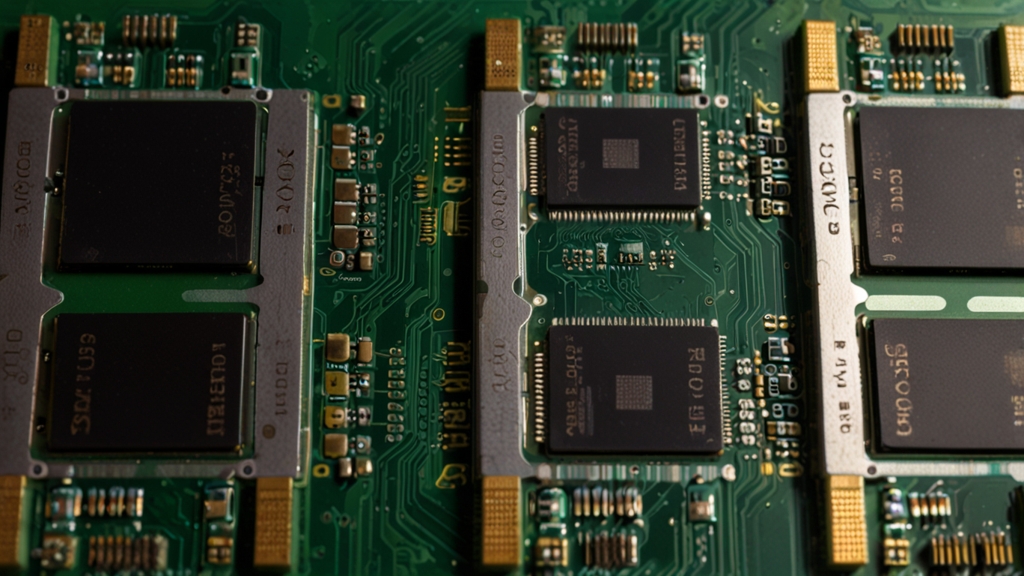Introduction
Python, a high-level programming language, has grown massively in popularity over the last decade. Known for its simplicity and readability, it has been adopted in various fields ranging from web development to data science. But is Python truly the future of programming? We consulted with experts in the industry to gather their insights on this pertinent question.
The Rise of Python
Python has seen a meteoric rise, particularly in educational institutions and tech startups. According to the TIOBE Index, Python has consistently ranked among the top programming languages, largely due to its ease of learning and versatility. Its diverse library ecosystem supports projects in web development, machine learning, automation, and more.
"Python’s success can be attributed to its plain English syntax and robust community support. Beginners find it accessible, and experts appreciate its efficiency." - John Smith, Senior Software Engineer
Strengths of Python
Several features make Python a candidate for the future of programming:
- Readability and Simplicity: Python’s syntax is designed to be intuitive and readable, making it an excellent choice for both beginners and seasoned developers.
- Extensive Libraries: The availability of libraries for various tasks (such as NumPy for numerical computations and Django for web development) accelerates the development cycle.
- Community Support: Python has a large, active community that continuously contributes to its improvement.
- Cross-Platform Compatibility: Python applications can run on various operating systems without modification.
Challenges to Consider
While Python has numerous advantages, it is not without its drawbacks:
- Performance Issues: Python is generally slower than compiled languages like C or Java due to its interpreted nature.
- Mobile Development: Python is not the best choice for mobile development compared to Swift for iOS or Kotlin for Android.
- Weak in Multi-threading: The Global Interpreter Lock (GIL) in Python can be a bottleneck for CPU-bound multi-threaded tasks.
"Although Python is excellent for scripting and automation, its performance limitations could hinder its adoption in high-performance computing scenarios." - Lisa Wong, Data Scientist
Emerging Trends and Technologies
Python continues to evolve, with emerging trends and technologies favoring its use:
- Artificial Intelligence and Machine Learning: Python is the de facto language for AI and ML, thanks to libraries like TensorFlow and PyTorch.
- Data Science: Tools like Pandas and Matplotlib make Python indispensable for data analysis and visualization.
- Web Development: Frameworks like Django and Flask simplify web development processes.
The Expert Verdict
So, is Python the future of programming? The consensus among experts appears to be yes, but with caveats:
"Python's adaptability makes it a strong contender for the future, especially in data-driven and AI-based applications. However, specialized fields will still require other languages for optimal performance." - Maria Gonzalez, Software Developer
While Python is set to play a significant role, it may not be the sole language dominating the future programming landscape. Its strengths in readability, extensive libraries, and community support are counterbalanced by performance issues and limitations in specific domains like mobile development and multi-threading. However, its pivotal role in emerging technologies like AI and data science ensures it will remain relevant and influential for years to come.
Conclusion
Python's compelling features and broad applicability make it a strong candidate for the future of programming. However, it is essential to recognize that it won't be an exclusive solution for all programming needs. As technology continues to evolve, Python will likely coexist with other languages, each tailored to specific needs and performance requirements. For those looking to start or advance their programming careers, proficiency in Python alongside other complementary languages will be a valuable asset.













